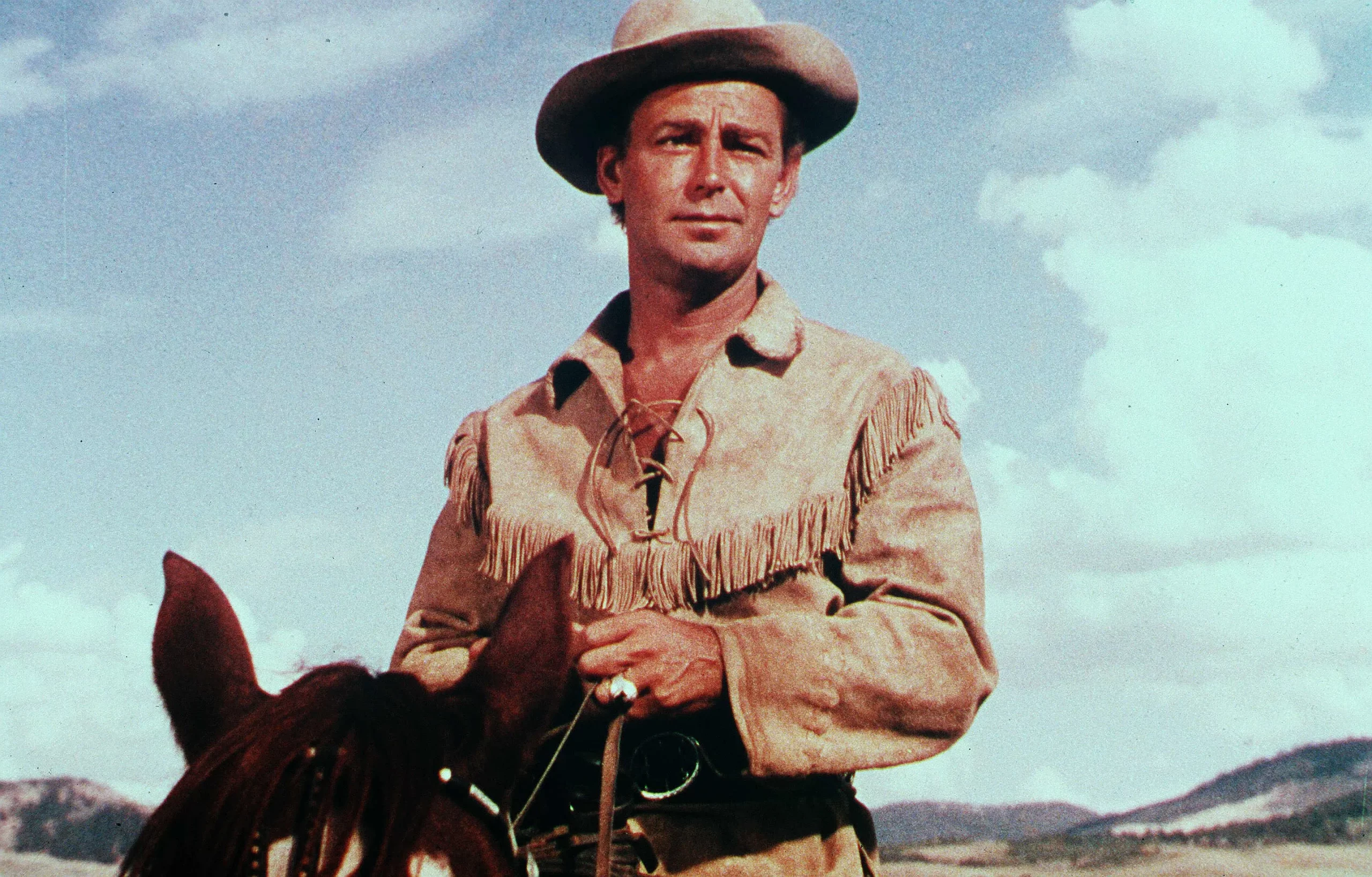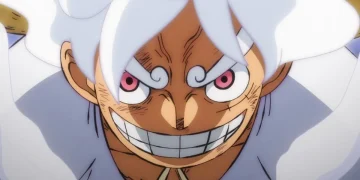Released in 1953, Shane is an iconic American Western film that masterfully blends gritty realism with visually stunning symmetry to create a timeless elegy to the myths of the Old West. Its depiction of bloody conflict has inspired countless works of art, from Michael Cimino’s epic Heaven’s Gate to the Shane TV series, which takes the violence to even greater heights.
On knowing it’s a true story, audiences can delve even deeper into the making of this cinematic masterpiece. It’s no wonder that Shane was a huge success upon its release, earning rave reviews and six Oscar nominations, including nods for Best Picture, Director, and Supporting Actor for both Palance and de Wilde. And let’s not forget the brilliant cinematography of Loyal Griggs, which won him a well-deserved Academy Award.
Also read: 40 Movies Like Coherence To Watch
All About Shane
In the opening scene of Shane, we are introduced to the enigmatic title character, played by Alan Ladd, and Marian Starrett, played by Jean Arthur. Shane is a skilled gunslinger with a mysterious past who arrives in a remote valley in Wyoming in 1889, looking for work and a place to call home.
Tough rancher Joe Starrett eventually hires him as a farmhand. He begins to share in the family’s worries about a group of hired ruffians causing trouble for the homesteaders in the area. Despite having legally obtained their land, the ruthless cattle baron Rufus Ryker is determined to seize it and will stop at nothing to achieve his goals.
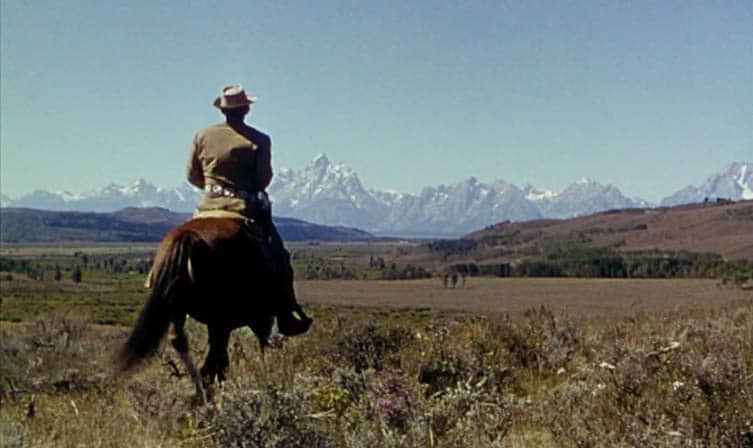
In a display of his ruthless nature, Wilson targets a former Confederate settler, Torrey, and shoots him outside the bar. At Torrey’s funeral, the settlers discuss the daunting task of defending their land against Ryker’s goons and contemplate fleeing the region. But when Ryker’s men burn down a homestead, the settlers vow to stay and fight.
Ryker invites Starrett to a meeting at the bar with the sinister intent of killing him. Meanwhile, Chris Calloway, who insulted Shane by pouring whiskey on his shirt, turns against Ryker and warns Shane of the danger facing Starrett.
Shane and Starrett were itching for a chance to take on Ryker, but when it came down to it, Shane wasn’t about to let anyone steal his moment in the spotlight. In a bold move, he silenced Starrett with a quick knockout and headed into town, where he proceeded to wipe out Ryker, Wilson, and their gang. Shane was one tough hombre, but even he couldn’t emerge from a full-blown showdown without taking some serious hits.
As he limped away from the chaos, every inch of his body screamed in agony, and his heart felt heavy as lead. But he couldn’t ignore the sight of young Joey, his face etched with disappointment and despair. With a heavy heart and a pang of regret, Shane bid the boy farewell and set off into the vast expanse of the valley, leaving Joey behind to mourn and wonder why his idol couldn’t have stayed just a little longer.
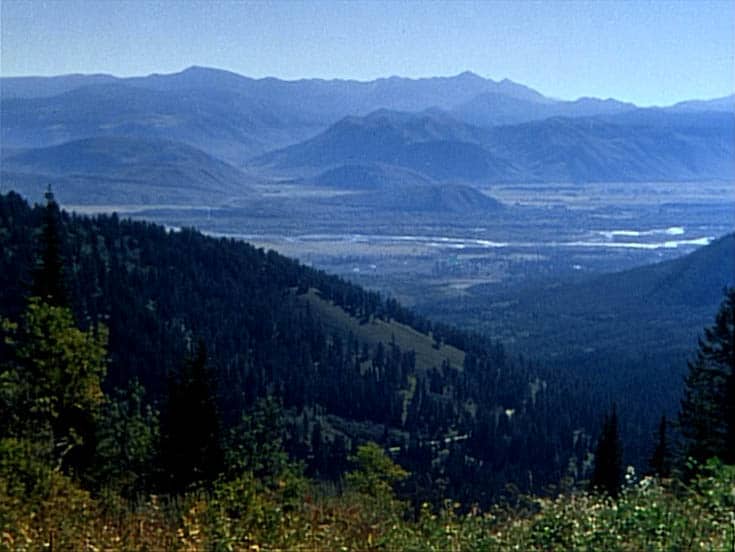
Shane Filming Locations
Shot in 1953, Shane is a Technicolor masterpiece that has secured its place as an all-time classic American Western. The film boasts a range of remarkable features ahead of its time, from the stunning landscape cinematography to the exceptional performances by its A-list cast, including Alan Ladd, Jean Arthur, and Van Heflin.
Directed and produced by the legendary George Stevens, the screenplay for Shane was adapted from Jack Schaefer’s 1949 novel. Even though it’s considered quite old now, the movie still manages to hold its own, earning a spot on the AFI 100 Years of 100 Movies list at #45 and ranking at #3 on the AFI list of the greatest Westerns.
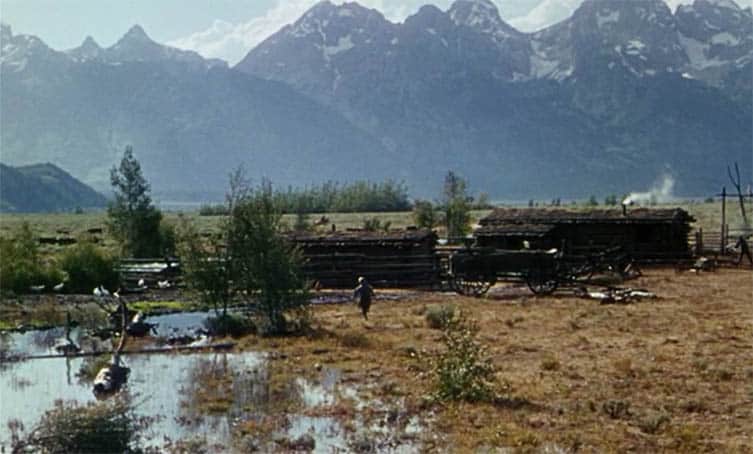
Most of Shane’s filming locations are in one area: Jackson, Teton County, Wyoming. Despite being largely shot in one locale, the film offers an array of diverse settings that provide the breathtaking scenery that makes it so incredible. From Wyoming’s Grand Teton National Park, Jackson Hole, and the Teton Range to Big Bear Lake and Big Bear Valley in California’s San Bernardino National Forest and the Iverson Ranch in Los Angeles, Shane showcases some of the most beautiful landscapes in America.
To conclude, the filming locations in Shane are a crucial aspect of its enduring legacy. The awe-inspiring natural vistas of the Grand Tetons and Jackson Hole and meticulously crafted sets serve as the ideal setting for this quintessential Western story.
These locations not only enhance the film’s authenticity but also transport viewers to the harsh and solitary environment of the Wild West. Decades after its initial release, Shane remains a cherished and legendary cinematic masterpiece, with its unforgettable locations leaving an indelible impression on audiences even today.
Related: 52 Best British Movies That You Should Consider Watching

